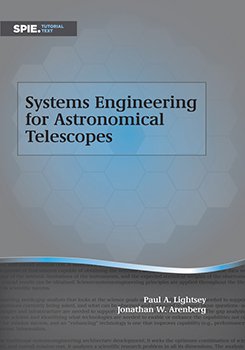|
The initial starting point for mission-architecture concept development occurs when one or more people recognize a scientific question that needs an answer. In terms of concept maturity level, this is at the "cocktail napkin" level of maturity. If the ideas take root within the scientific community, then they become filtered by an expanding group. In the example of NASA, the expanded group is the physical analysis group (PAG) for the area of interest. The PAGs form science- and technology-definition teams that grow the maturity of the concepts. Ideally, this early phase of development follows the principles of scientific systems engineering, originally introduced by Nobel Laureate Ricardo Giacconi. The scientific-systems-engineering process is a precursor to the traditional systems-engineering architecture development; it seeks the optimum combination of scientific return, engineering maturity versus technology development, and overall mission cost. It analyzes a scientific research problem in all of its dimensions. The analysis starts with a clear definition of the problem followed by the development of instruments capable of obtaining the necessary data, and then planning how these data would be analyzed. A determination of what errors might occur because of the intrinsic limitations of the instruments, and the expected statistical weights of the observations are defined. The project proceeds only when it is clear that the crucial results can be obtained. Scientific-systems-engineering principles are applied throughout the lifetime of the project to ensure that no changes occur that jeopardize its scientific success. |
|
|


